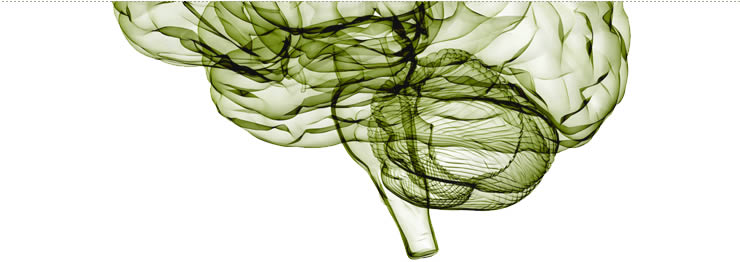People
FacultyFaculty AssociatesBroad FellowsPostdoctoral
ScholarsResearch
StaffGraduate
StudentsAlumniStaffContact
 |
Alan Barr Professor of Computer Science B.S., Rensselaer Polytechnic Institute, 1973; M.S., 1976; Ph.D., 1983. phone: 626-395-2825 |
| Imaging The primary
purpose of my research is to enhance the mathematical and scientific
foundations of "predictive" modeling,
so that mathematical modeling results can conform more accurately
to physical experiments. Starting in 1980 with a series of applications
in computer graphics, the intent is to extend generic modeling
approaches beyond mere picture-making, to the point that reconfigurable
models will have great predictive power.
The work includes computational methods that incorporate error bounds, such as Interval Analysis, as well as general purpose modeling methods for deriving reliable equations for mathematical modeling, rendering, simulation, scientific visualization and human/computer interaction. The intent is to develop methods for constructing, simulating, rendering, and perceiving the shape and behavior of a broad range of physical objects. A source of motivation and long term goal for the research is the creation of tools for simulation and behavioral prediction of mechanical and biophysical structures. The methods are intended to eventually be applied to simulating the behavior of cellular organelles, but also to self-assembling robotic structures as potentially needed for human colonization of space; the same modeling technology can be used for both applications. One consequence of my research, together with the efforts of a few other researchers (including Profs. Arvo and Schröder), is that the field of computer graphics has undergone a transformation, towards an increasing reliance on robust mathematical methods. This is a significant change; computer graphics in the past had a much greater reliance on heuristic and ad-hoc methods. In this context, a number of paradigm shifts have been enabled, such as methods for modeling flexible objects and deformations, and methods for dynamic constraints and inverse dynamics, mechanics and goal-based models. For this work in computer graphics modeling, I was awarded the sixth ACM Siggraph computer graphics achievement award. Subsequently, with my students, I have applied my efforts towards a number of mathematically-based applications, such as computer graphics splining methods in nonlinear spaces, cell-based "developmental models," new types of computer graphics hardware, reducing geometric distortion in wide angle scenes, and, in collaboration with the Caltech Biological Imaging Center in the Beckman Institute, scientific visualization methods and goal-directed MRI acquisition. The plan is to continue (1) the development of the basic methods, extending the state of the art in computer graphics and scientific visualization, but also (2) to work more with JPL and use the methods to study macroscopic self-assembling mechanical structures and (3) work with with Caltech Biology to study the behavior of cellular organelles and other biophysical systems. |
|
